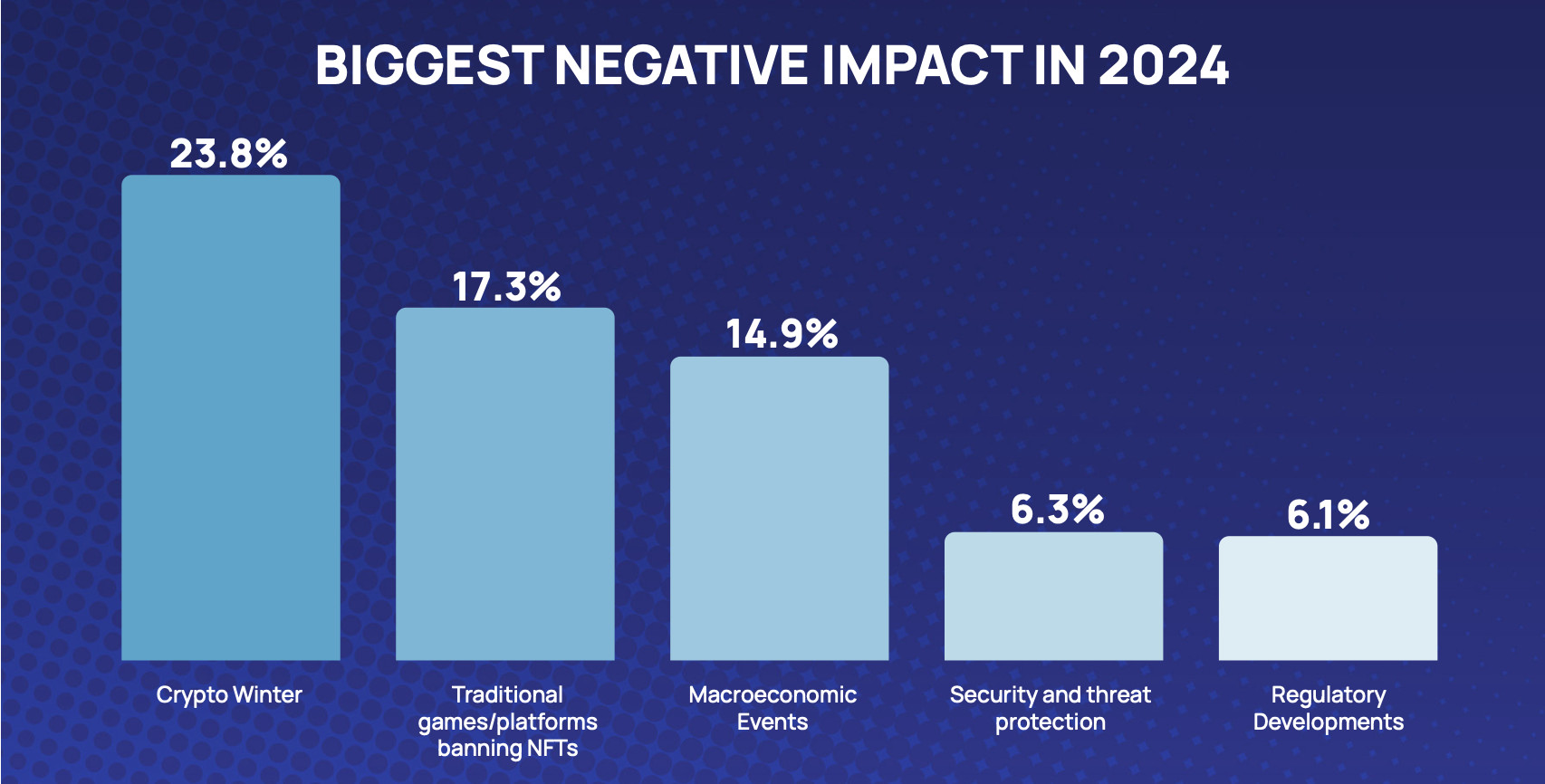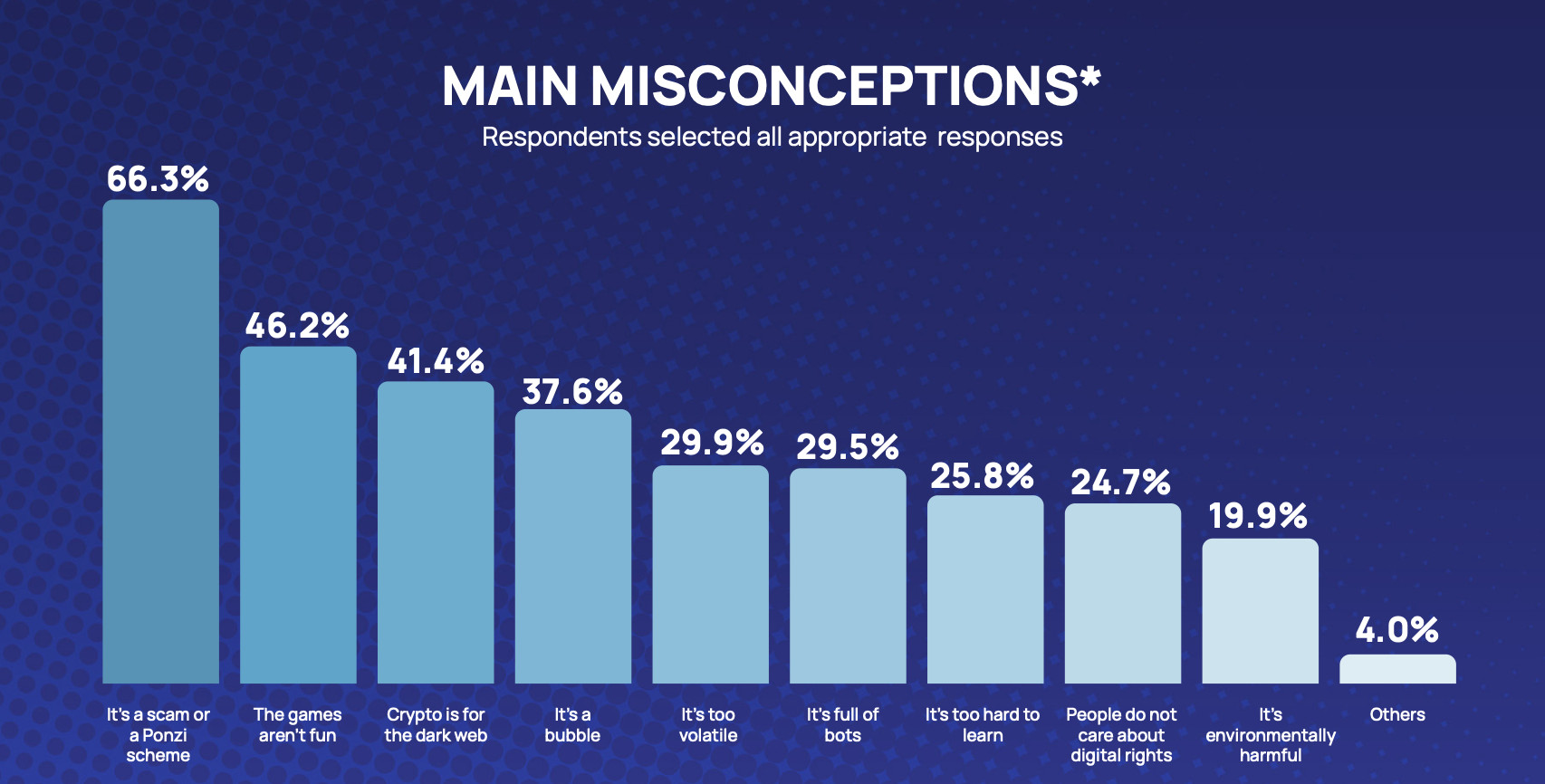The Future of Blockchain Gaming in 2025: Challenges and Opportunities

The blockchain gaming industry is evolving at a lightning pace, yet it still faces significant hurdles as we move into 2025. While GameFi holds immense potential, sustaining player engagement, adapting to new technologies, and building sustainable in-game economies remain the crucial aspects that determine its success.
The Retention Problem: Why Players Leave
According to Tobin Kuo, CEO of blockchain gaming company Seraph, over 60% of players disengage from Web3 games within just 30 days. The reason? A lack of compelling incentives and weak gameplay mechanics.
“As the attention economy accelerates, projects must prioritize player-centric design, focusing on immersive storytelling, skill-based rewards, and game mechanics that go beyond ‘earn-first’ models instead of relying on trend-based attention.” — Tobin Kuo
Simply put, players want games that are fun, not just potential sources of income. Many blockchain games focus too much on financial rewards and forget the importance of engaging gameplay. Unless GameFi embraces game design fundamentals—such as narrative depth, skill-based progression, and interactive experiences—it will continue to struggle with player retention.
The Role of Emerging Technologies
Blockchain gaming in 2025 isn’t just about Web3 anymore—it’s about how seamlessly it can integrate innovative technology. Artificial intelligence (AI), particularly generative AI, is expected to play a major role in shaping immersive player experiences.
Kuo highlights that GameFi projects failing to embrace new tech see a 30% to 40% drop in player retention compared to those that do. This statistic alone makes a strong case for developers to step up their game. From AI-driven NPCs to procedurally generated game worlds, technology has the power to make blockchain gaming more dynamic and interactive than ever.
 Games, Web3, GameFi
Games, Web3, GameFi
A poll of Web3 gaming professionals shows the biggest negative impacts on the GameFi sector in 2024.
Source: Blockchain Game Alliance
Fixing In-Game Economies for Long-Term Success
Another major obstacle for GameFi? Unstable in-game economies. Kuo warns that imbalanced token models and uncontrolled inflation have caused many projects to collapse. Without a well-structured economic system, player retention suffers, and so does the game’s overall sustainability.
“Strategies such as dynamic loot distribution, staking-based rewards, and player-controlled economies via DAOs are likely to emerge as best practices for sustainable GameFi development.” — Tobin Kuo
The cautionary tale of Hamster Kombat illustrates this issue perfectly. The game reached a staggering 300 million users in just five months, but after its highly anticipated token airdrop, player numbers tanked by 86%. By November, only 41 million players remained. This drop raises an essential question: Were players there for the gameplay, or just for the financial incentives?
Blockchain Gaming in 2024: Key Takeaways
A recent Blockchain Game Alliance (BGA) report surveyed 623 Web3 gaming professionals to pinpoint the biggest challenges in the industry:
- 53% of experts believe that poor user experiences (UX) and complex user interfaces (UI) are barriers to onboarding new players. Blockchain games need to be intuitive—players shouldn’t have to struggle just to start playing.
- 33% of respondents cited weak gameplay experiences as a major concern. Without engaging content, no incentive system can keep players invested long-term.
- A OnePoll survey of 2,000 gamers from earlier in 2024 found that 52% of respondents had no idea what blockchain games were, while 32% had heard of them but never played one. Clearly, awareness remains a massive gap that the industry must address.
 Games, Web3, GameFi
Games, Web3, GameFi
Industry professionals outline the main problems facing the GameFi sector.
Source: Blockchain Game Alliance
Can GameFi Overcome These Challenges?
Looking ahead to 2025, blockchain gaming has a choice: Continue making the same mistakes, or evolve into a player-centric ecosystem that truly values the user experience.
For Web3 games to thrive, developers must:
✔️ Prioritize engaging and skill-based gameplay over “earn-first” models.
✔️ Integrate emerging technologies like AI to enhance dynamic player experiences.
✔️ Build stable economies that reward long-term participation rather than short-term speculation.
✔️ Simplify onboarding by reducing UI complexity and abstracting away blockchain mechanics.
The potential for blockchain gaming is immense, but only the creators who focus on player enjoyment—not just financial gain—will see long-lasting success. The next few years will determine whether GameFi establishes itself as a legitimate gaming revolution or remains a fleeting trend.
Further Reading:
➡️ Executives flood blockchain gaming firms ahead of 2025’s AAA launches
➡️ How to pick a crypto gaming token winner this bull run: Web3 Gamer
